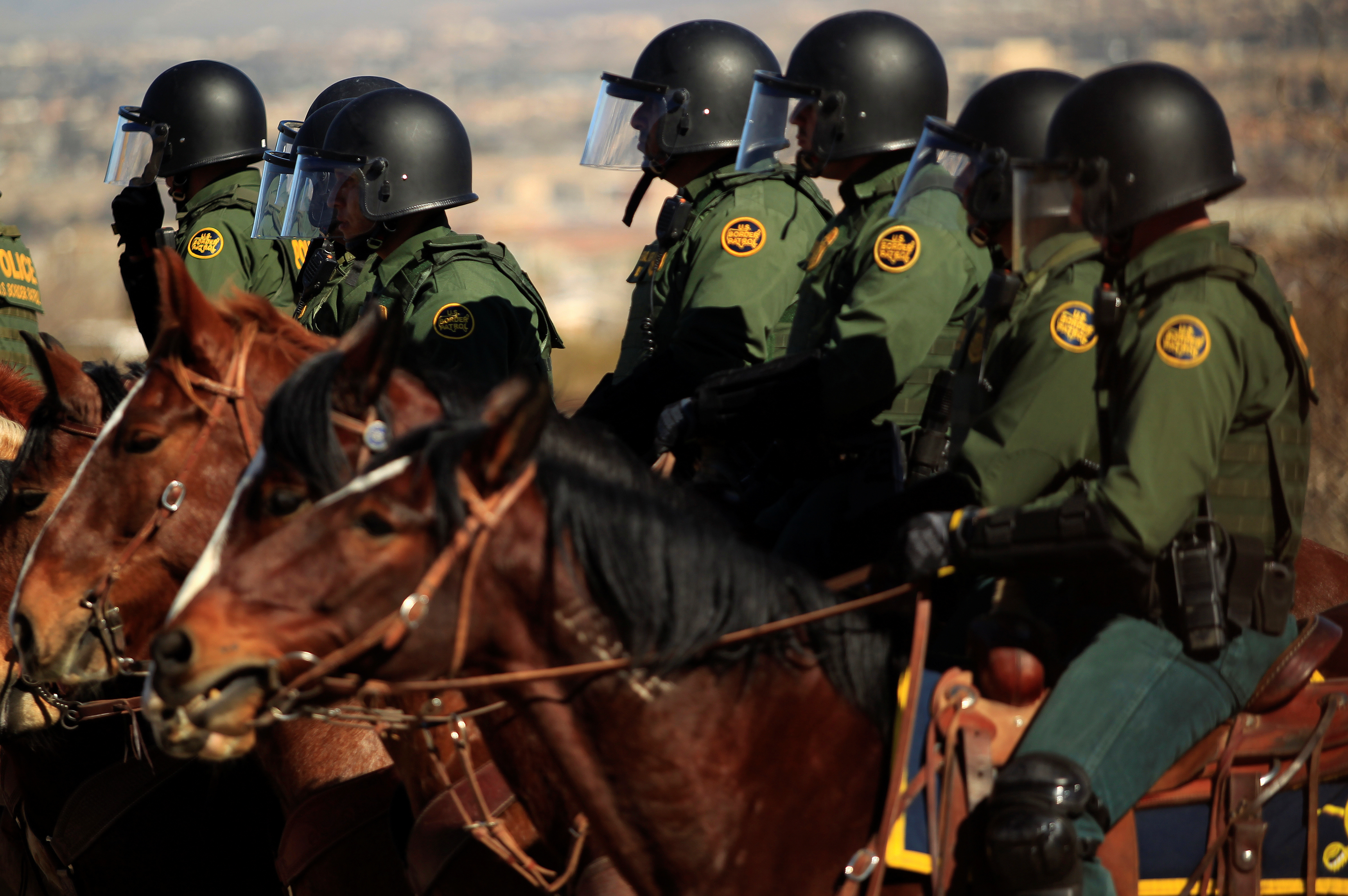
By Makini Brice
WASHINGTON (Reuters) – President Donald Trump on Monday hinted more details were to come about a migration pact the United States signed with Mexico last week, saying another portion of the deal with Mexico would need to be ratified by Mexican lawmakers.
He did not provide details but threatened tariffs if Mexico’s Congress did not approve the plan.
“We have fully signed and documented another very important part of the Immigration and Security deal with Mexico, one that the U.S. has been asking about getting for many years. It will be revealed in the not too distant future and will need a vote by Mexico’s legislative body,” Trump tweeted.
“We do not anticipate a problem with the vote but, if for any reason the approval is not forthcoming, tariffs will be reinstated.”
Last month, Trump threatened 5% tariffs on Mexican goods to be imposed on Monday. The duties would have increased every month until they reached 25% in October, unless Mexico stopped illegal immigration across its border with Mexico.
On Friday, the tariffs were called off, after the United States and Mexico announced an agreement on immigration. The joint communique issued by the two countries provided few details.
Critics have said there have been no new major commitments to slow the migration of Central Americans to the United States.

FILE PHOTO: Trucks cross the borderline into the U.S. and into Mexico at the World Trade Bridge, as seen from Laredo, Texas U.S., June 3, 2019. REUTERS/Carlos Jasso
The agreement would expedite a program known as the Migration Protection Protocols, which sends people seeking asylum in the United States to wait in Mexico as their cases are processed.
That program, announced in December, would be expanded across the entire U.S.-Mexico border under the terms of the agreement, according to the State Department.
The deal would also send the Mexican National Guard police force to its own southern border, where many Central Americans enter Mexico.
“We’re very pleased with this agreement. It has an enforcement mechanism. It has an enforcement feature to it because these tariffs can go on at any time,” White House adviser Kellyanne Conway said in an interview with Fox News Channel.
Mexican Foreign Minister Marcelo Ebrard wrote in a tweet on Monday morning that he would brief the Mexican President Andres Manuel Lopez Obrador on the details of the agreement.
Ebrard said Lopez Obrador would discuss the deal during his morning news conference.
Marta Barcena Coqui, the Mexican ambassador to the United States, said in an interview with CBS’ “Face the Nation” on Sunday that Mexican officials had agreed to take steps to reduce illegal immigration “to previous levels that we had maybe last year or in 2018.”
During the talks last week, Mexican sources said officials were resisting safe third country status, which would mean migrants seeking asylum would have to make such a request in the first safe country they crossed.
Under such safe third country status, that country for many Central American migrants fleeing poverty, violence and corruption in their native countries would be Mexico.
Such a change would require legal changes that would take at least 90 days and would need to be ratified by Mexico’s Congress.
(Reporting by Makini Brice; Additional reporting by Doina Chiacu in Washington and Frank Jack Daniel in Mexico City; Editing by Larry King and Chizu Nomiyama)











